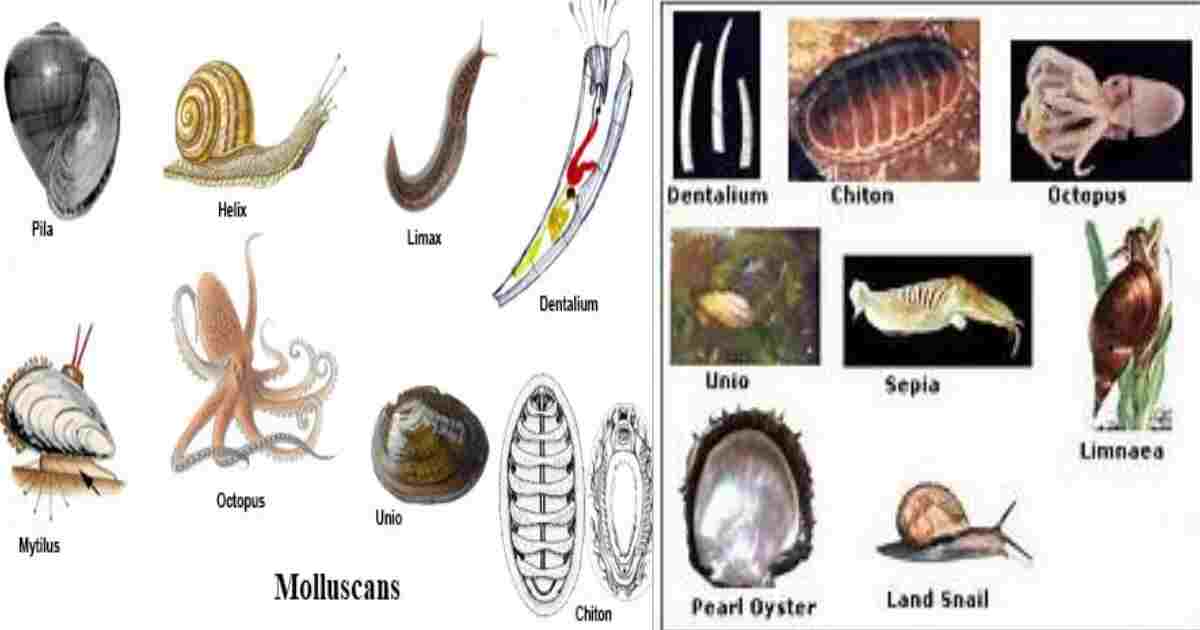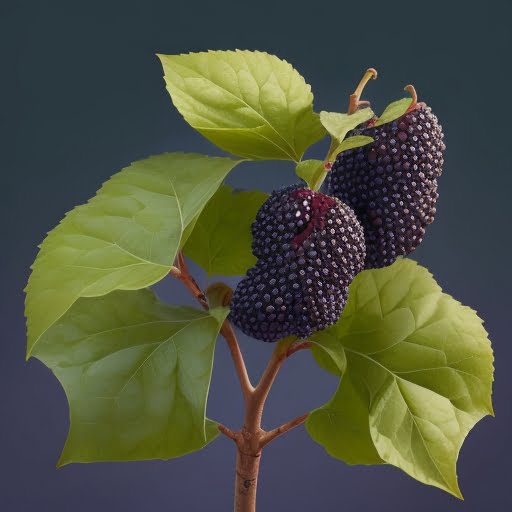Insects are enter in house during pre-monsoon season reasons and prevention: In pre-monsoon season, it is common for insect to enter houses due to various reasons like shelter, breeding and foraging, changing weather patterns, openings and cracks. Here are some factors that contribute to this phenomenon.
Search for shelter: Insects, especially those that typically reside outdoors, may seek shelter in houses during the pre-monsoon period. The approaching rainy season with its high humidity and heavy rains drives insects to find dry and protected areas, which can include homes.
Breeding and foraging: Many insects reproduce during this period, and they may enter houses in search of suitable breeding grounds or sources of food. Insect like ants, cockroaches, and flies are attracted to food remnants or open containers in kitchens and other areas, leading them to enter houses.
Changing weather patterns: Pre-monsoon weather can be characterized by fluctuations in temperature and humidity, which can disrupt the natural habitats of insects. As a result, they may venture into houses in search of more stable conditions.
Openings and cracks: Insect can find their way into houses through small openings, cracks, or gaps in windows, doors, walls, or foundations. Poorly sealed entry points provide easy access for insects to enter the house.

Preventive measures:
To minimize the entry of insect into your home during the pre-monsoon season, by implementing following preventive measures, you can reduce the likelihood of insects entering your house during the pre-monsoon season.
Seal entry points: Inspect your house for any openings or cracks that insect could use to enter. Seal gaps around windows, doors, utility openings, and other potential entry points using caulk or weather stripping.
Maintain cleanliness: Keep your house clean and tidy, especially the kitchen and dining areas. Promptly clean up food spills, store food in airtight containers, and regularly dispose of garbage in sealed bins.
Remove standing water: Eliminate any stagnant water sources around your property, such as puddles or containers that collect rainwater. Stagnant water serves as a breeding ground for mosquitoes and other insects.
Use screens: Install window screens and door screens to prevent insect from entering while still allowing for ventilation. Repair or replace damaged screens to maintain their effectiveness.
Regular maintenance: Conduct regular inspections and maintenance of your house, paying attention to areas prone to insect entry. Repair any structural damage, seal gaps, and ensure proper drainage to prevent water accumulation.
Professional pest control: If you’re experiencing a significant insect infestation, consider seeking the assistance of a professional pest control service. They can help identify the source of the problem and implement effective treatments to manage or eliminate the infestation.
Some common examples of small Insects:
Ants: Ants are small insects that can enter homes in search of food. They are attracted to sugary substances
and food residues left out in the open.
Flies: Flies, such as house flies and fruit flies, can enter houses through open windows or doors. They are
drawn to decaying organic matter, garbage, and ripe fruits.
Mosquitoes: Mosquitoes are known for their ability to enter houses through small openings or when doors
and windows are left open. They are attracted to standing water where they lay their eggs and are a common nuisance during the pre-monsoon season.
Cockroaches: Cockroaches can enter houses through cracks and openings in search of food, water, and shelter. They are nocturnal insects that are often found in kitchens and bathrooms.
Spiders: While spiders are generally beneficial as they feed on other insects, some species can enter houses during the pre-monsoon season. They may seek shelter in undisturbed corners, attics, or basements.
Silverfish: Silverfish are small, wingless insects that are attracted to humid environments. They can enter houses through cracks and gaps and are often found in bathrooms, kitchens, or basements.
Beetles: Certain types of beetles, such as carpet beetles or pantry beetles, can find their way into houses. They may infest stored food products, fabrics, or wooden structures.
Earwigs: Earwigs are small insects with pincer-like appendages at the end of their abdomen. They are typically found in damp areas and can enter houses through cracks and gaps.
Several types of insects also attracted to light and they enter houses around light sources.
Moths: Moths are highly attracted to light and are known to flutter around light fixtures. They may accidentally enter houses when attracted to indoor lights.
Flies: Certain fly species, like house flies and fruit flies, are also drawn to light sources. They can be found buzzing around lights and may enter houses through open doors or windows.
Beetles: Some beetles, such as June beetles or click beetles, can be attracted to lights at night. They may fly towards outdoor lights and inadvertently enter houses if doors or windows are open.
Mosquitoes: While mosquitoes are not primarily attracted to light, they can be lured by light sources to some extent. They may enter houses when drawn to lights near open doors or windows.
Wasps and bees: Certain species of wasps and bees may be attracted to outdoor lights. If there are openings or gaps around windows or doors, they could find their way into houses.
Bugs and insects: Various small bugs and insects, including small beetles, gnats, and aphids, can be attracted to light sources. They may fly around outdoor lights and occasionally enter houses.
Precautions taking around light insects:
Close doors and windows: Ensure that doors and windows are properly closed, especially during the evening when lights are on. This will help prevent insects from entering the house.
Install screens: Use window screens or door screens to create a barrier between indoor spaces and outdoor
lights. Screens can allow ventilation while keeping insects out.
Use outdoor lighting strategically: Consider using yellow or sodium vapor lights outdoors, as they
are less attractive to insects compared to white or ultraviolet lights.
Move outdoor lights away from entrances: Position outdoor lights away from doorways and windows to reduce the chance of insects being lured towards entry points.
Keep indoor lights off when not needed: Minimize the use of unnecessary indoor lights, especially during the evening, to avoid attracting insects towards the house.






